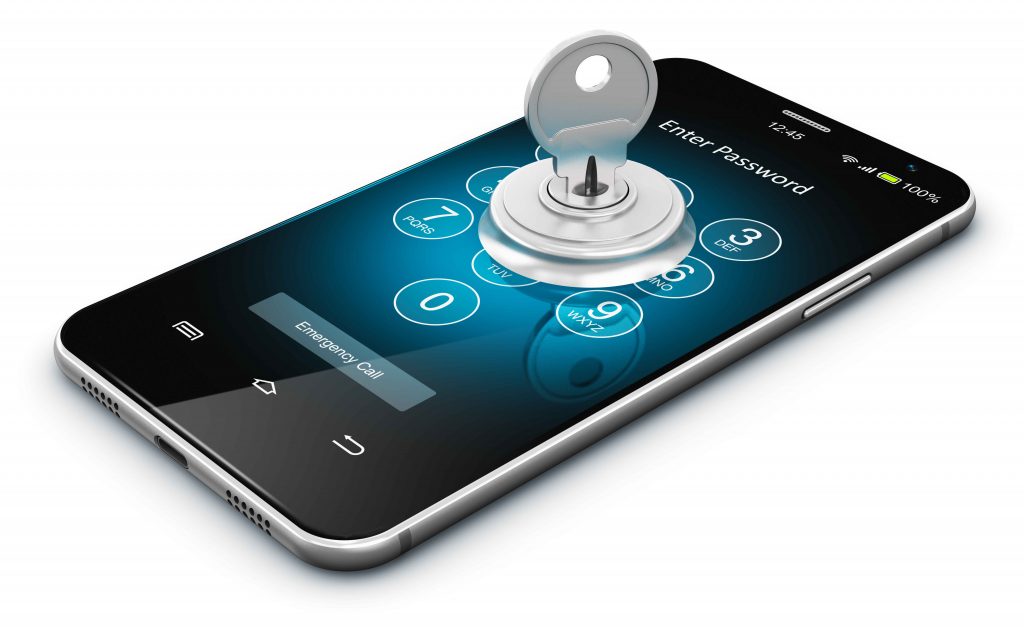Admin
I am the admin of BR Softech PVT LTD - an Award-winning Mobile game development company. My thesis is to work with hard-bit and get the best Exposure. I have driven by the spirit of entrepreneurship and dream to build a billion-dollar-company.




As of 2023, there were about 8.6 billion active smartphones in the world. With more and more people and businesses adopting this tech, something else has also crept up from the dark: cybersecurity threats targeting mobile devices.
In November 2022 alone, there were almost 2.1 million cyber attacks primarily targeting mobile phone users. This number is significantly less than the about 5.4 million recorded over the same period two years earlier. But it underscores the need for proactive mobile threat detection and mitigation.
This guide will take you through the basic process of implementing mobile threat detection (MTD) in your organization.
Table of Contents

MTD is about constantly checking for dangers in phones and tablets and keeping the data contained therein safe. Before you implement one, you must know what exactly your company needs.
Here’s how to get a clear picture:
Device Inventory
Conduct an audit to identify the types of mobile devices (Android, iOS, etc.) and operating systems your employees use.
Data at Risk
Pinpoint the types of sensitive information employees access on these devices (customer records, financial data).
Threat Landscape
Research common mobile threats your organization might face (malware, phishing, insecure networks).
Once you’ve done the groundwork, create a spreadsheet listing device types, operating systems, and data you’ve accessed. Then get heads together in brainstorming sessions to identify potential mobile security risks.
Your mobile security policy shouldn’t sound like a Hack In The Box (HITB) convention. It should be a clear set of rules that’s easy enough for employees to understand and addresses all the points identified in your mobile security assessment.
Here’s what to include:
Device Usage
Specify acceptable and prohibited uses of mobile devices for work purposes (e.g., downloading work documents allowed, installing unapproved games not allowed).
App Installation
As per studies, malicious apps are by far the most common way malware gets into devices. So, outline clear and secure procedures for installing work-related apps.
Data Security
Define protocols for data storage and transfer on mobile devices (e.g., encrypting sensitive corporate data, using strong passwords). Your policy could also mandate employees to report any suspicious activity on their mobile devices to the IT security team.
With various options available, how do you choose the right one? Here’s what to consider:
Your Needs
Prioritize features based on your assessment. Does your organization need a better endpoint protection, advanced app management, or in-depth network security?
Budget
MTD solutions come in various price ranges. Consider features, scalability, and long-term value when making your decision.
Ease of Use
A user-friendly solution ensures smooth deployment and reduces the burden on your IT team.
Getting the right mobile threat management solution is a flex your business must consider. So, shortlist MTD options you find the most promising, then settle for one whose features perfectly align with your needs and budget.
Now that you’ve swiped right on your MTD solution, it’s time to unleash its power in your business. Here’s how to effectively deploy it:
Planning & Configuration
Carefully review the MTD vendor’s documentation and plan the deployment process.
Device Enrollment
Choose an enrollment method (manual or automatic) that best suits your organization’s size and infrastructure.
Configuration Management
Define MTD settings based on your security policy (e.g., enforcing password complexity, restricting app installations).
Develop a detailed deployment plan outlining the steps involved and resource allocation. Consider a phased rollout to identify and address any initial hiccups before full deployment.
Even the best MTD solution out there needs a user-aware environment to be truly effective. Here’s how to train and empower your team:
Security Awareness Training
Educate employees on common mobile threats and best practices (e.g., identifying phishing attempts, using strong passwords). You can consider creating a central repository for security resources, such as FAQs and video tutorials, for easy employee access.
MTD User Training
Provide instructions on using the MTD solution’s features and reporting suspicious activity. And when you do, resist the urge to go all tech-bro on your team. Develop training modules that are engaging and easy to understand for those with varying technical skills.
An effective monitoring and alerting process can help you identify and respond to security incidents promptly. Here’s what to establish:
Monitoring Procedures
Define a process for regularly reviewing MTD alerts and logs. This might involve setting up automated reports or designating specific IT team members for monitoring tasks.
Alert Response Plan
Establish a clear protocol for responding to security alerts. This should include identifying the severity of the threat, taking necessary actions (e.g., isolating compromised devices, notifying users), and documenting the incident for future reference.
Conduct regular tests of your monitoring and alerting procedures to ensure they function perfectly.
Here’s how to ensure your system stays up-to-date:
Security Patching
Promptly install the latest security patches and updates from your MTD vendor. These often include bug fixes and improved threat detection capabilities.
Penetration Testing
Consider conducting periodic penetration tests to simulate real-world attacks and identify vulnerabilities in your mobile security posture.
User Feedback
Encourage employees to report any issues or suspicious activity they encounter while using the MTD solution.
The mobile cyber threats landscape changes and will keep changing. Regularly reviewing and improving your MTD strategy can help you stay ahead of emerging threats.
Here’s how to ensure continuous improvement:
Review & Analysis
Periodically assess the effectiveness of your MTD solution. Analyze security reports, identify trends, and adjust your strategy as needed.
New Tech
Stay updated on the latest advancements in mobile security solutions and consider incorporating new features or functionalities that might benefit your organization.
Employee Engagement
Continuously educate and engage your employees on evolving mobile security threats and best practices. Develop a communication plan to keep employees informed about the latest mobile security threats and updates to your MTD strategy.
Being part of an organization’s IT security team, you’re likely the last line of defense in its cybersecurity outlook. Knowing the ins and outs of mobile threat detection can significantly make your work easier and your organization safer.